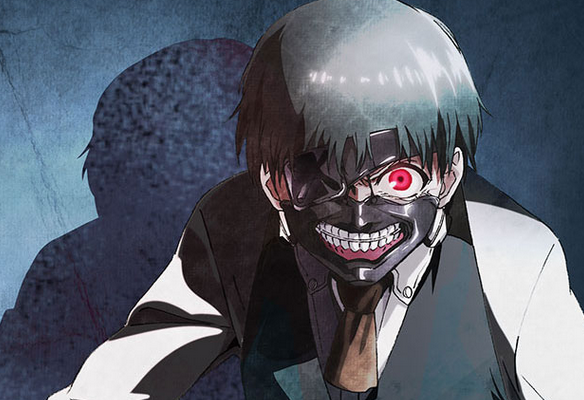*BEWARE: HERE THERE BE SPOILERS*
As the old saying goes, “If you thought you saw some crazy-ass titans busting shit up and eating people and then a bunch of spunky kids kicking their giant, mutated asses, you ain’t seen nuthin’ yet!” — OK, there isn't an old saying like that, but if there was, well, I sure as hell would be saying it here (OK, I just did say it. Ah jeez, this is getting off to a rough start. Anyhow, please see the previous post for clarification).
Yes, this is part two of what was clearly one big, long epic flick they had to break in two a la Kill Bill (another film featuring veteran character actor Jun Kunimura). And, just like Return of the King, all the huge, grande finale battle action is packed into this one. Daikaiju (big ol’ giant monster) fans will rejoice as they once again see men in rubber suits doing spinning head kicks on sets of miniature cities — but this ain’t no cheap, 60s Toho affair. Yes, it’s still Toho, but the production values have gone up. Way up. Computer effects have transformed what was once a somewhat gigglesome genre into a truly awesome experience of David-and-Goliathesque combat guaranteed to send a tingle up your spine and a thrill through your heart.
Since I put up the spoiler sign, I guess I can go ahead and reveal that Eren’s big secret is that he can transform into a titan (along with one or two other members of the team I won’t mention). This adds an intriguing wrinkle to the proceedings, as now the rag-tag, teenage, human army (of half a dozen or so at this point) has a couple of different options; they already had their ODMG (Omin-Directional Mobility Gear), a body-mounted system of wires and pulleys allowing them to fly and maneuver in Spiderman fashion. Add to that a cache of old-school weapons like automatic rifles and RPGs (remember, this is a dystopian future where nobody’s ever seen stuff like that) plus the old town nuke everybody thought was a dud but is, in fact, quite operational, and it looks like our young crew is ready to mix things up with the lumbering, people-eating giants (who barely appear in this film — go figure).
Obviously, if you liked the first film, you’re going to love the second. Everything picks right up where the last one left off, but the story takes a darker turn, as the political allegory gets deeper and more profound. Seems the totalitarian government has been manipulating the titans, using their terroristic potential to keep the citizenry in line (sound familiar?). A resistance force has arisen, and plans to use the titans against the government — they’re as batshit crazy as the guys in power, and it all adds up to an extra layer of awful that our young heroes really didn’t need but hey, war is hell.
Fans of extreme Asian cinema are definitely going to want a copy of Attack on Titan (again, not the moon orbiting Saturn but a lot of bloody great, groty gorks). Director Shinji Higuchi and special effects man Katsuro Onoue have created a masterpiece of post-apocalyptic kaiju craziness, an epic manga adaptation right up there with Akira (although that was an anime) — anyway, I’m just here to say it’s great.
THE FURIOUS: Legendary Producer Bill Kong Hires Big Guns to Make a Big
Action Movie!
-
Yesterday Variety broke news that legendary Hong Kong producer Bill Kong
(Crouching Tiger Hidden Dragon, House of Flying Daggers, Fearless) has
started pr...
15 hours ago




